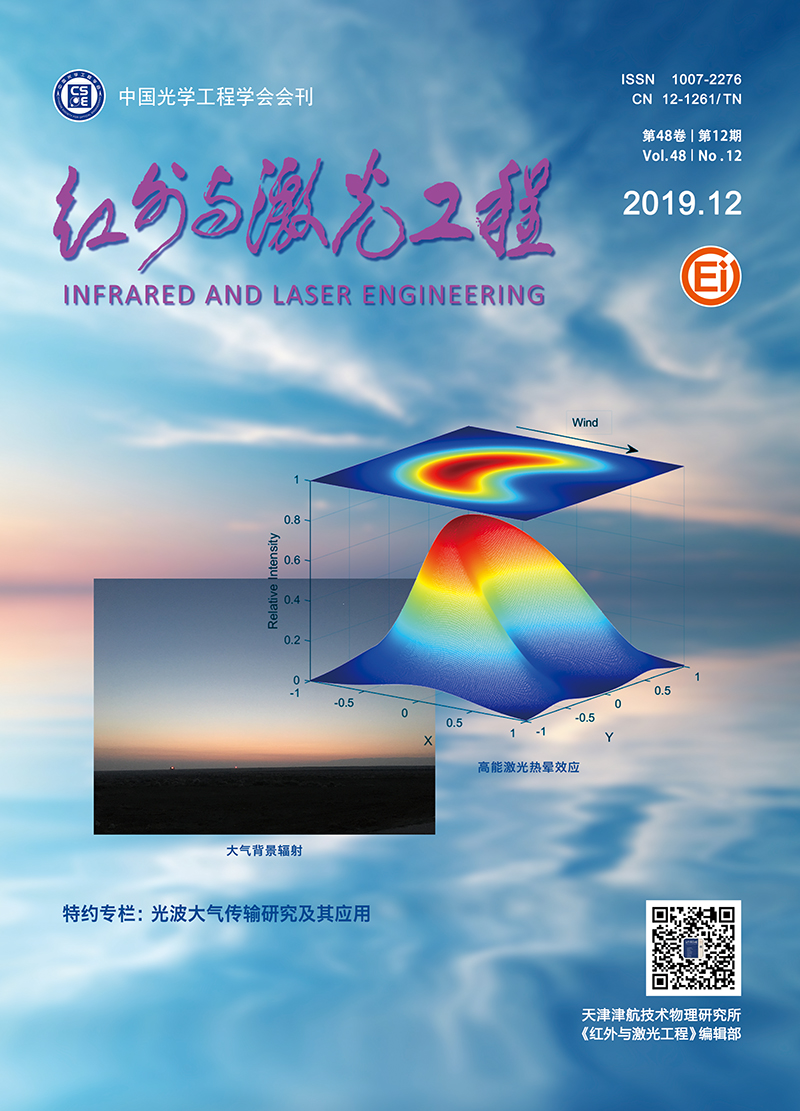|
[1]
|
Wei Wei, Dai Ming, Li Jiaquan, et al. Design of airborne opto-electric platform control system based on ADRC and repetitive control theory[J]. Journal of Jilin University (Engineering and Technology Edition),2015, 45(6):1924-1932. (in Chinese) |
|
[2]
|
Han Pengna, Liu Shanzhong, Li Ke, et al. Research on stabilization control of tracking and pointing platform based on output-feeddbackcontrol[J]. Aerospace Control, 2018, 36(2):9-13. (in Chinese) |
|
[3]
|
Jin Chaoqiong, Zhang Bao, Li Xiantao, et al. Friction compensation strategy of photoelectric stabilized platform based on disturbance observer[J]. Journal of Jilin University (Engineering and Technology Edition), 2017, 47(6):1876-1885. (in Chinese) |
|
[4]
|
Li Xiantao, Zhang Bao, Sun Jinghui, et al. ADRC based on disturbance frequency adaptive of aerial photoelectrical stabilized platform[J]. Infrared and Laser Engineering, 2014, 43(5):1574-1581. (in Chinese) |
|
[5]
|
Ma Binhua, Zhang Bao, Li Xiantao, et al. Adaptive compensation for friction of aerial photoelectrical stabilized platform[J]. Science Technology and Engineering, 2018, 18(12):220-224. (in Chinese) |
|
[6]
|
Ren Yan, Niu Zhiqiang. Application of new terminal sliding model in photoelectric stabilized platform[J]. Infrared and Laser Engineering, 2018, 47(6):0617005. (in Chinese) |
|
[7]
|
Han J Q. From PID to active disturbance rejection control[J]. IEEE Transactions on Industrial Electronics, 2009, 56(3):900-906. |
|
[8]
|
Han Jingqing. Active disturbance rejection controller and its applications[J]. Control and Decision, 1998, 13(1):19-23. (in Chinese) |
|
[9]
|
Wang Wanting, Guo Jing, Jiang Zhenhua, et al. Study on photoelectric tracking system based on ADRC[J]. Infrared and Laser Engineering, 2017, 46(2):0217003. (in Chinese) |
|
[10]
|
Gao Z. Active Disturbance rejection control:a paradigm in feedback control system design[C]//Proceedings of the 2006 American Control Con-ference, Minneapolis, Minnesota, IEEE, 2006:2399-2405. |
|
[11]
|
Wang Shuai, Wang Jianli, Li Hongwen, et al. Avtive disturbance rejection control of torque ripple on optoeletronic tracking system[J]. Opto-Electronic Engineering, 2012, 39(4):7-13. (in Chinese) |
|
[12]
|
Zhu Bin. Introduction to Active Disturbance Rejection Control[M]. Beijing:Beihang University Press, 2017. (in Chinese) |
|
[13]
|
Tian Gang. Reduced-order extended state observer and frequency response analysis[D]. US:Cleveland State University, 2007. |
|
[14]
|
Gao Z Q. Scaling and parameterization based controller tuning[C]//Proceedings of American Control Conference. IEEE, 2003:4989-4996. |
|
[15]
|
Wang Chunyang, Peng Yeguang, Shi Hongwei, et al. Design of linear active disturbance rejection controller for photoelectric stabilized platform[J]. Electronics Optics Control, 2018, 25(11):112-115, 119. (in Chinese) |









 DownLoad:
DownLoad: